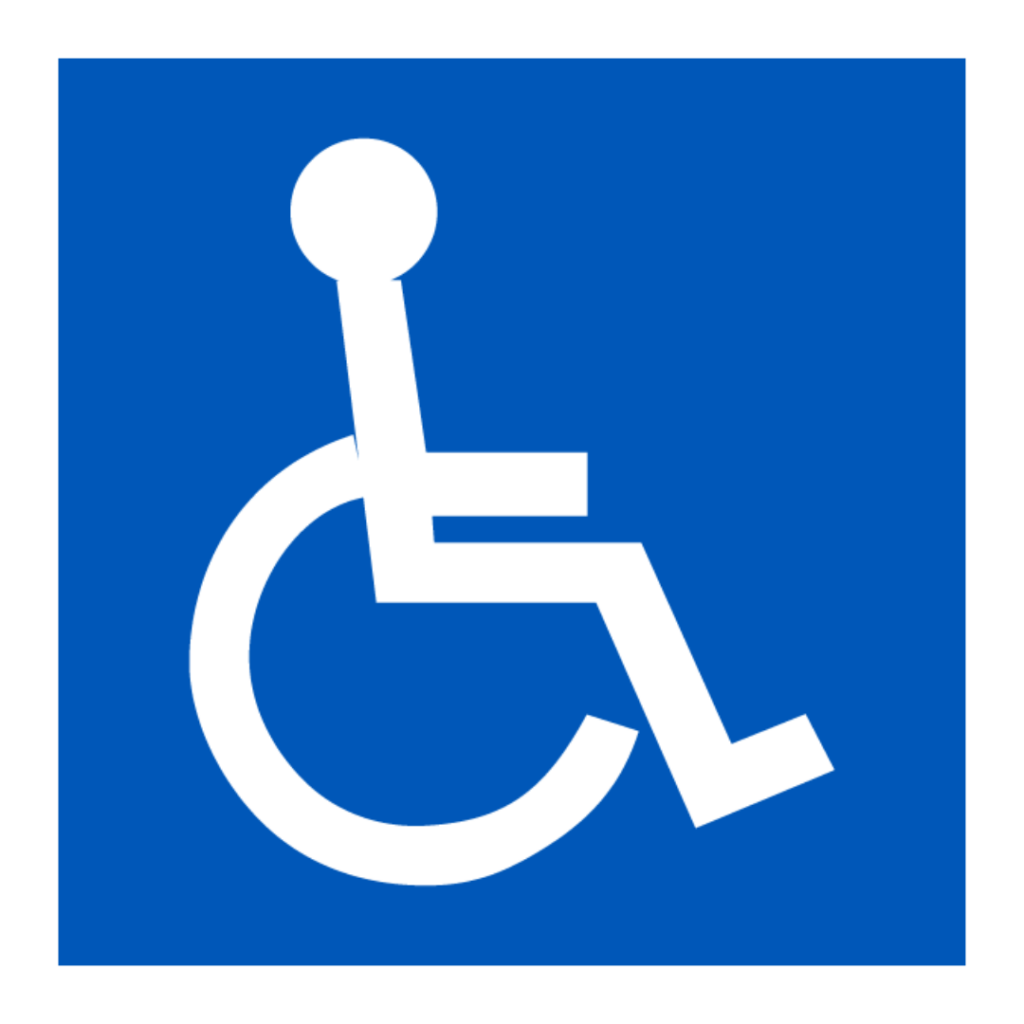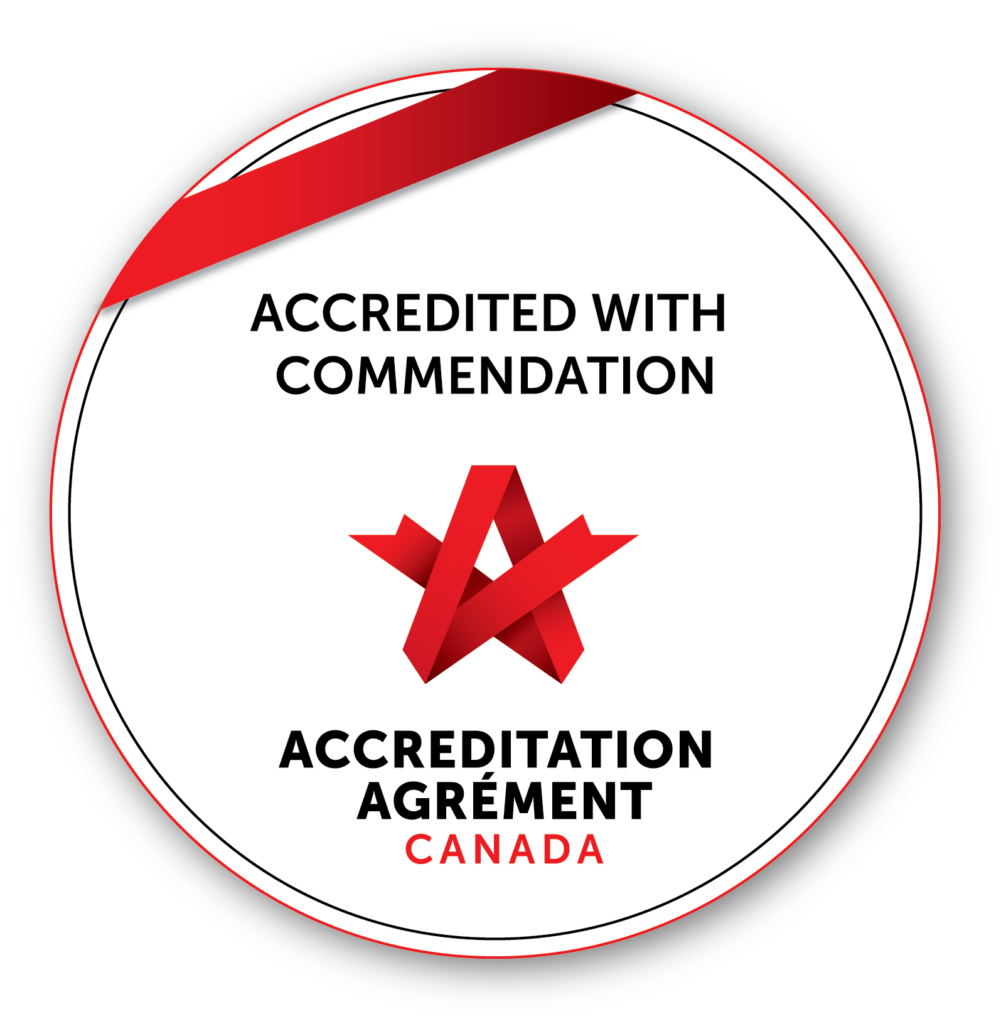ADDRESSING
ADDICTION
Addiction is more than a personal struggle — it’s a complex condition that profoundly affects individuals, families, and entire communities. At Fresh Start, we believe that understanding addiction is a crucial step toward healing and change. This page offers resources and insights to deepen your knowledge of addiction, its far-reaching impacts, and the transformative journey of recovery. Whether you are seeking help for yourself or someone you love, or simply want to learn more, this is your starting point for hope and healing.
Addiction’s Growing Impact in Alberta
The reality of addiction is affecting more people than ever before. According to the Alberta Substance Use Surveillance System, the number of clients treated in the AHS Opioid Dependency Program increased by 157% in just five years — from 6,201 in 2018 to 15,930 in 2023. This alarming rise highlights addiction as a pressing public health and mental health issue, with significant consequences for individuals, families, and the broader economy.
The economic burden of addiction is substantial. In 2020, data from the Canadian Centre on Substance Use and Addiction estimated that substance use cost Alberta over $2.7 billion. The ripple effects include increased healthcare expenses, lost productivity, and the strain placed on the justice system. These demands reveal addiction as not only an individual challenge but also a collective issue that impacts communities at every level.
The Human Cost of Addiction
Addiction often leads to social isolation, loss of employment, and housing instability, all of which contribute to cycles of poverty and family breakdown. Research consistently shows that parental substance use can result in higher instances of childhood neglect, physical abuse, emotional difficulties, and behavioral problems. Children in these environments face a higher risk of developing addictions later in life, perpetuating the cycle.
The Palix Foundation’s Alberta Wellness Initiative emphasizes the strong link between adverse childhood experiences (ACEs) and long-term mental health and addiction outcomes. ACEs such as trauma, family instability, and exposure to substance use can significantly increase vulnerability to addiction later in life.




Building Resilience as a Path to Recovery
Breaking the cycle of addiction requires more than treatment — it requires building resilience. Resilience helps individuals cope with stress, adapt to challenges, and develop healthier coping mechanisms. By fostering resilience, we empower people not only to recover from addiction but to thrive in the face of adversity.
At Fresh Start, we prioritize resilience-building through:
- Therapeutic programs that address trauma and emotional well-being.
- Peer support networks that create a sense of belonging and shared strength.
- Family engagement to heal relationships and develop stronger support systems.
- Community involvement to foster purpose and reconnection.
Resilience isn’t just important for individuals in recovery — it strengthens families and communities as well. Children of parents in recovery benefit from more stable, nurturing environments, reducing their risk of developing addiction. Resilient communities are better equipped to support those in need and promote long-term recovery for everyone.
Recovery as a Ripple Effect
Recovery is transformative not only for the individual but also for their families and communities. At the primary level, recovery changes and saves lives by helping people overcome addiction and reclaim their sense of purpose. At the secondary level, recovery restores relationships, rebuilds trust, and creates healthier environments for children and loved ones.
For communities, recovery offers hope by addressing the economic toll of addiction. Individuals in recovery contribute positively to society — returning to work, reconnecting with their families, and supporting others through lived experience. Every life transformed through recovery is a step toward breaking the cycle of addiction and fostering stronger, healthier communities.
At Fresh Start, we recognize that addiction is not a moral failing but a health condition rooted in experience, trauma, and environment. By addressing these core issues and building resilience at every level, we believe recovery can create lasting change — for individuals, families, and communities alike.
Statistics from the Canadian Centre on Substance Use and Addiction
Life in Recovery from Addiction in Canada
In 2017,
90.7%
90.7%
of respondents in recovery report having a positive quality of life
| Active Addiction | In Recovery | |
|---|---|---|
| Remain Steadily Employed | 52.6% | 79.1% |
| Frequently Miss Work or School | 60.7% | 4.3% |
| Active Addiction | In Recovery | |
|---|---|---|
| Frequently Unable to Pay Bills | 61.2% | 17.3% |
| Pay Taxes on Time | 43.4% | 77.4% |
| Active Addiction | In Recovery | |
|---|---|---|
| Get Arrested | 42.3% | 2.3% |
| Drive Under the Influence of Alcohol or Other Drugs | 80.2% | 3.5% |
| Active Addiction | In Recovery | |
|---|---|---|
| Lose Custody of Children | 10.4% | 1.4% |
| Commit or Experience Family Violence | 41.2% | 4.9% |
| Active Addiction | In Recovery | |
|---|---|---|
| Get Regular Medical Checkups | 33.7% | 82.8% |
Who Faces Addiction and Why?
Addiction is often misunderstood as a result of poor personal choices. In reality, it stems from a complex interplay of external and internal factors that shape an individual’s experiences and vulnerabilities. According to the National Institute on Drug Abuse (NIDA, 2023), no single factor determines whether someone will develop an addiction. It is a chronic condition influenced by multiple elements across different areas of life.
Key factors contributing to addiction include:
- Genetics – A person’s genetic predisposition can significantly increase the risk of addiction. Studies show that genetics account for nearly half of an individual’s likelihood of developing substance use disorders.
- Biological Makeup – Brain chemistry, neurobiology, and the way the body processes substances can influence susceptibility to addiction.
- Age – Early exposure to substances, particularly during adolescence, can heighten the risk of addiction by altering brain development.
- Existing Mental Health Issues – Conditions such as depression, anxiety, PTSD, and trauma can lead individuals to seek relief through substance use, increasing the likelihood of addiction.
- Patterns of Use – How often and in what context substances are used plays a significant role. Frequent or prolonged use can alter brain function and lead to dependency.
- Social Stigma – Fear of judgment or discrimination can prevent individuals from seeking help, worsening the cycle of addiction.
- Community – Environmental influences, peer pressure, and community norms can contribute to the development or prevention of substance use issues.
- Parental Substance Use or Abuse – Children who grow up in households where substance use or abuse is present are at greater risk of developing addiction later in life.
- Law and Accessibility – The legal status and availability of substances, as well as exposure to environments where drugs and alcohol are prevalent, can impact substance use patterns.
Understanding that addiction is not a moral failing but a multifaceted health issue is crucial to addressing it compassionately and effectively. By acknowledging the various influences at play, we can better support those affected and create pathways toward healing and recovery.
Statistics from NIDA, 2023
All taken from the study above. Sample Size (n) = 855
Drugs Used During Active Addiction and Currently 2017
Drug of Choice
Legal Issues During Addiction and Currently
Economic Burden by Drug Type
The 12-Step Recovery Model
The 12-step model is one of the most widely recognized and utilized frameworks for addressing addiction. Originally developed in the 1930s by Bill Wilson and Bob Smith, founders of Alcoholics Anonymous (AA), the program was designed to help individuals overcome alcoholism through a structured, community-based approach.

Since its inception, the 12-step model has expanded to address a wide range of addictions, including drug dependency, gambling, and behavioural disorders. Its adaptability has allowed for the creation of numerous fellowships, such as Narcotics Anonymous (NA), Gamblers Anonymous (GA), and Overeaters Anonymous (OA), each tailored to specific recovery needs.
While the specific language and structure of the steps may vary slightly across different programs, the core motivations and principles remain consistent:
- Acknowledgment of the problem
- Surrendering to a higher power or greater purpose
- Taking personal inventory
- Making amends where possible
- Ongoing self-reflection and spiritual growth
- Supporting others on their recovery journey
The model emphasizes personal accountability, community support, and spiritual development as key components of sustained recovery. By fostering connection, humility, and self-awareness, the 12-step approach helps individuals develop the tools and mindset necessary to maintain long-term sobriety.
At Fresh Start Recovery, the 12-step philosophy is integrated into our programming as part of a holistic approach to healing. We believe that the shared experiences and mutual support found within the 12-step community play a vital role in fostering resilience and promoting lifelong recovery.
The 12-Step Recovery Model has been extensively studied to assess its effectiveness in treating substance use disorders. Research indicates that participation in 12-step programs, such as Alcoholics Anonymous (AA), can lead to higher rates of continuous abstinence compared to other treatment approaches.
A comprehensive review by Cochrane analyzed 27 studies involving over 10,000 participants and found that manualized AA and Twelve-Step Facilitation (TSF) interventions resulted in higher rates of continuous abstinence than other established treatments, such as cognitive behavioural therapy (CBT). The review also noted that AA/TSF interventions likely reduce healthcare costs while simultaneously improving alcohol abstinence. COCHRANE
Similarly, a study published by the Stanford School of Medicine evaluated 35 studies and concluded that AA was nearly always more effective than psychotherapy in achieving abstinence. The analysis also suggested that AA participation lowered healthcare costs. STANFORD MEDICINE
It’s important to note that while the 12-step model has demonstrated effectiveness for many individuals, treatment outcomes can vary. A personalized approach that considers individual needs and preferences is essential for successful recovery.




